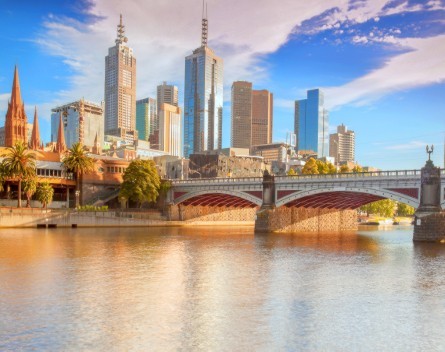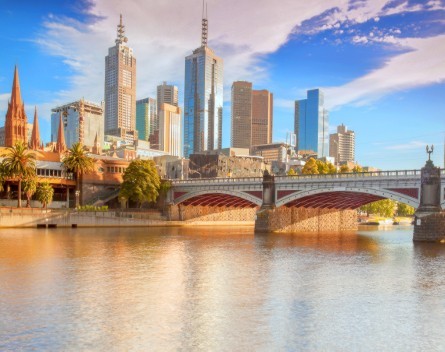A closer look at the Melbourne Startup Ecosystem – StartupSmart

Much has been written on Melbourne’s rapidly growing startup scene. These days you’ll find one, if not two, startup events taking place each night of the week around the CBD and inner suburbs. There are clusters of co-working spaces, whose local coffee shops are not unlike their San Francisco counterparts for startup conversations overheard. Five years ago Australia had yet to see an accelerator program on home soil, now there are close to a dozen such programs, and counting.
But how much impact has this had on the local community, and how much is just feel good rhetoric?
We decided to take a closer look at the effect co-working spaces and accelerator programs were having on the Melbourne Startup Ecosystem. Specifically, how many of the current startups founded between 2010 and 2015 were affiliated with these various groups. Our search included contacting the co-working spaces and programs directly, looking through the various meetup groups, investor portfolios, angellist listings, and even startup media publications. And whilst the list is by no means complete, it does capture almost 200 Melbourne based startup companies.
Below we see said startups grouped according to their customer. Business to Consumer (B2C) represented in green, Business to Business (B2B) represented in blue, and Business to Enterprise (B2E) represented in red:
What stands out from the above image is how few startups are tackling B2E problems. Unlike B2C and B2B startups, where the problem is generally widely experienced, B2E opportunities are typically only visible to founders who have worked for a large enterprise and experienced the problem on the job. Also, B2E startups tend to keep a lower public profile which makes them harder to find online. It is interesting to note that a number of startup organisations have begun targeting the corporate enterprise sector as a place to find entrepreneurs, perhaps as a result of sensing the opportunity in the space.
When we overlay the ‘universe’ of Melbourne based startups with those startups that have come through one of the accelerator programs, we see a slight skewing in favour of B2C startups (reflective of the ‘swing for the fences’ type investments accelerator programs are looking to make in order to achieve their returns).
Intuitively, for startups working out of co-working spaces, the skewing favours B2B startups. Startups working out of co-working spaces are generally making money from a small set of customers, hence they can afford to pay for an office, a luxury many startups in the B2C space don’t have.
Clearly even in the few short years since accelerators and co-working spaces have become fashionable in the startup ecosystem, there is already a significant portion of startup activity concentrated in such initiatives. With well over a quarter of the active startups having some affiliation to one or the other.
The data doesn’t tell us how many active startups there were in the five years previous (from 2005–2010), so it is hard to determine if there is a correlation between the number of startups in the ecosystem and the co-working spaces and accelerator programs. All the signs point towards a sustined blossoming of the startup ecosystem. It will be interesting to watch how it in fact plays out over the coming 5 years.
Thanks to Luckie Karagiorgios and Kelvin Mureithi for helping research and put together this analysis.
Amir Nissen is program manager at AngelCube.
This article was originally published on Medium.

